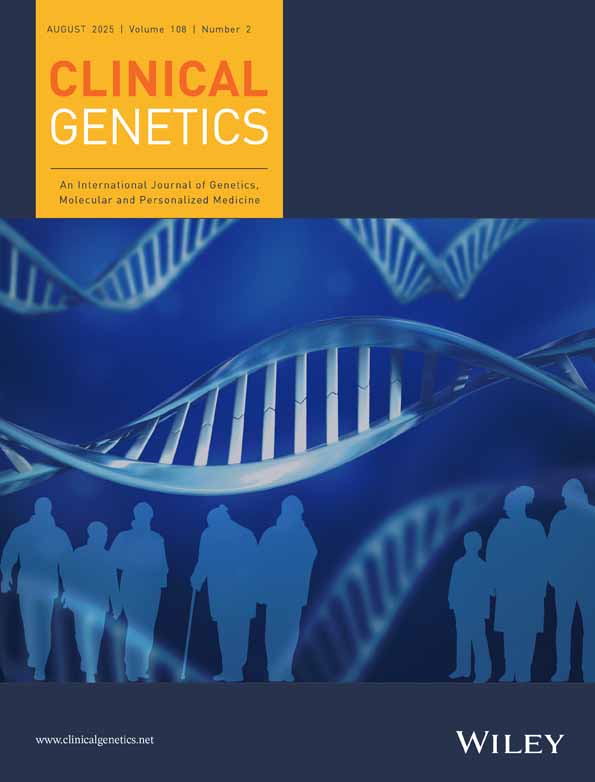Chromosome studies in IgA-deficient patients
Abstract
Chromosome analysis was performed in 17 children ith IgA-deficiency. In two patients a constitutional structural chromosome abnormality was found. A ring chromosome 22 was seen in one, while in the other a mosaicism of ring chromosome 18/18p+ was observed. Both patients wcre metanlly retarded and showed distinct congénital defects. From ten asymptomatic patients, spontaneous as well as X-ray-induced chromosome instability was investigated. There was no increased spontaneous instability, and also after irradiation the induced chromosome damage was within normal control levels. A relationship between IgA-deficiency and X-ray hypersensitivity, as might be suggested by the frequently occurring coïncidence of radiosensitivi-ty and IgA-deficiency in ataxia teleangiectasia patients, is not established.




